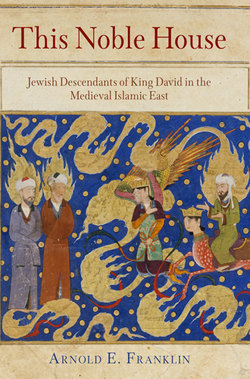Читать книгу This Noble House - Arnold E. Franklin - Страница 8
ОглавлениеA Note on Transliteration, Names, and Dates
The transliteration of Hebrew and Aramaic terms follows the system used in the Association for Jewish Studies Review with the following exceptions: “ṭ” is used for ṭet, “ṣ” for ṣade, and “q” for qof. Segol, sheva, and ṣere are all represented by “e,” while ṣere followed by yod marking the construct state is represented by “ei.” Other long vowels are not indicated, nor are final silent alef and he (thus: nasi and yeshiva). Arabic words have been transliterated in accordance with the system used by the International Journal of Middle East Studies. For common biblical names, such as Judah, David, and Daniel, the familiar English rendering has been retained, while less familiar Hebrew and Aramaic names, as well as those in Arabic, have been transliterated phonetically according to the systems above. In cases where a distinctive form of a name is commonly used in the scholarly literature (such as Maimonides and Ibn Daud), I have generally used that form. Familiar Arabic place names and dynasties (such as Baghdad and Abbasids) are given in the usual English form as well. Dates follow the conventional Western system.
